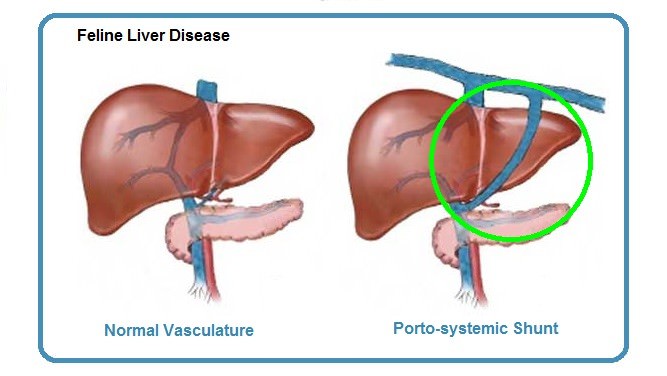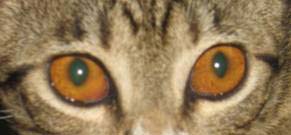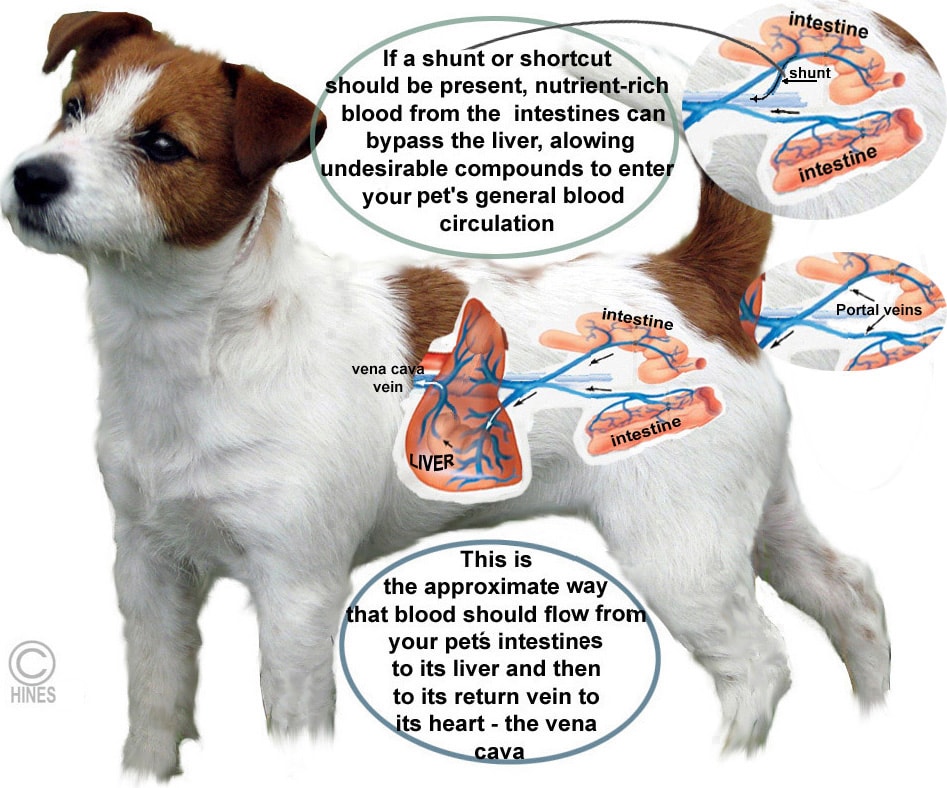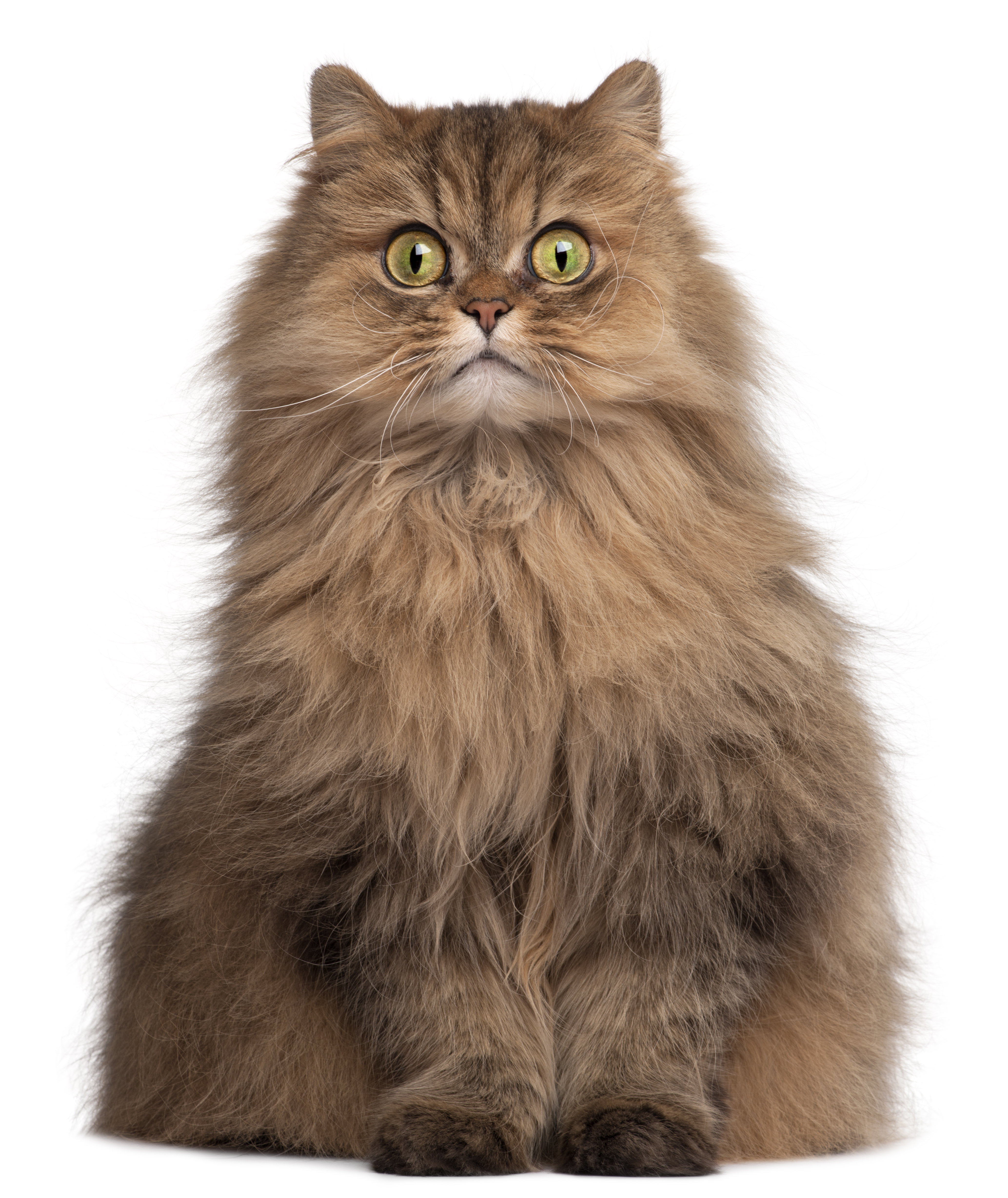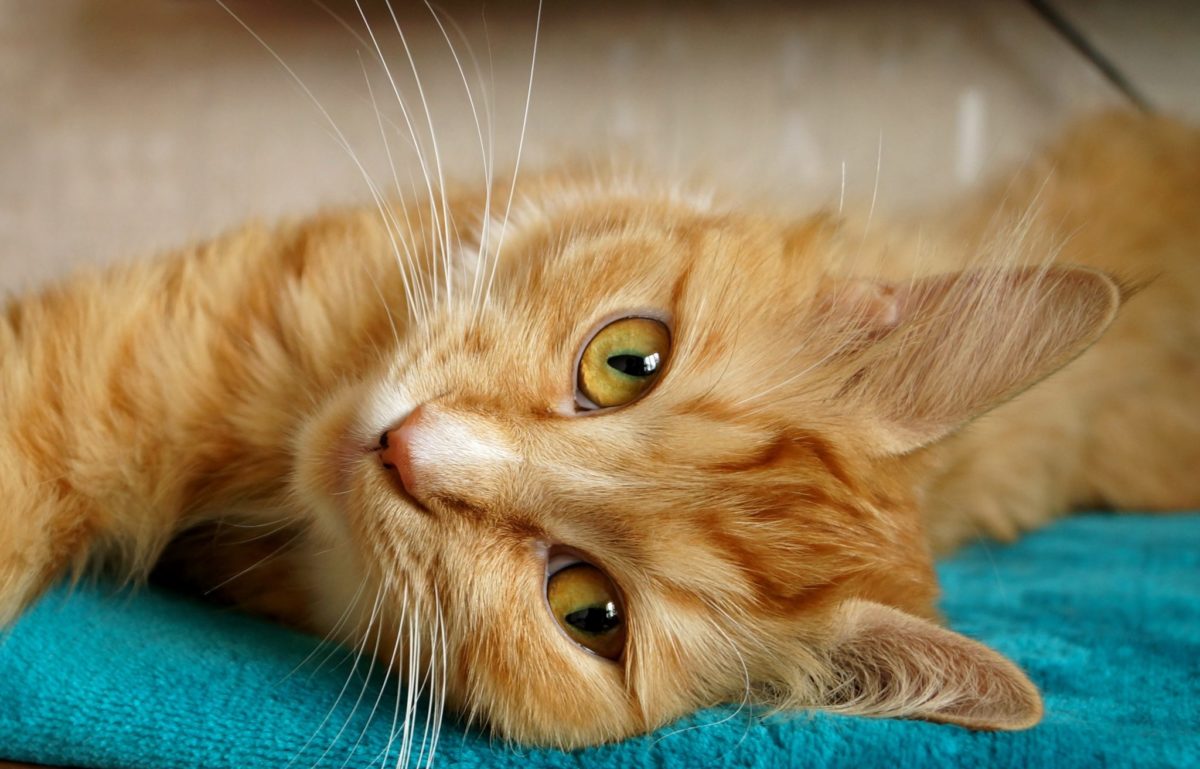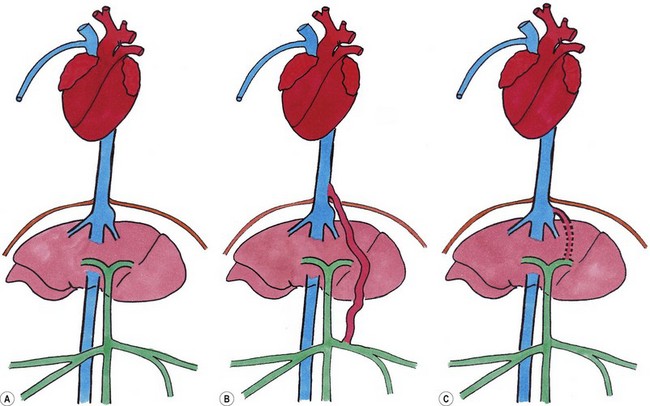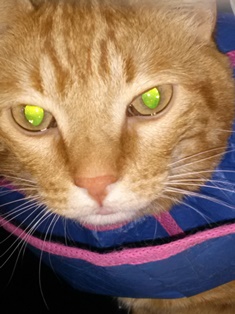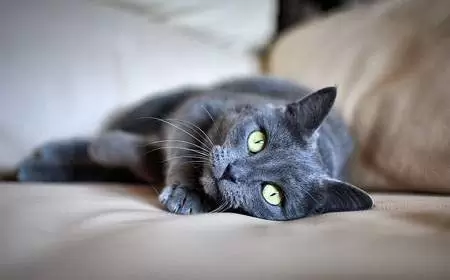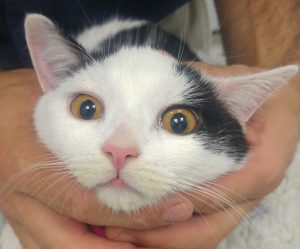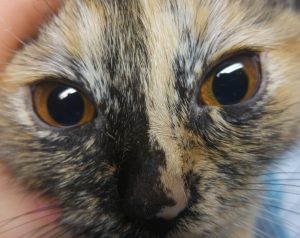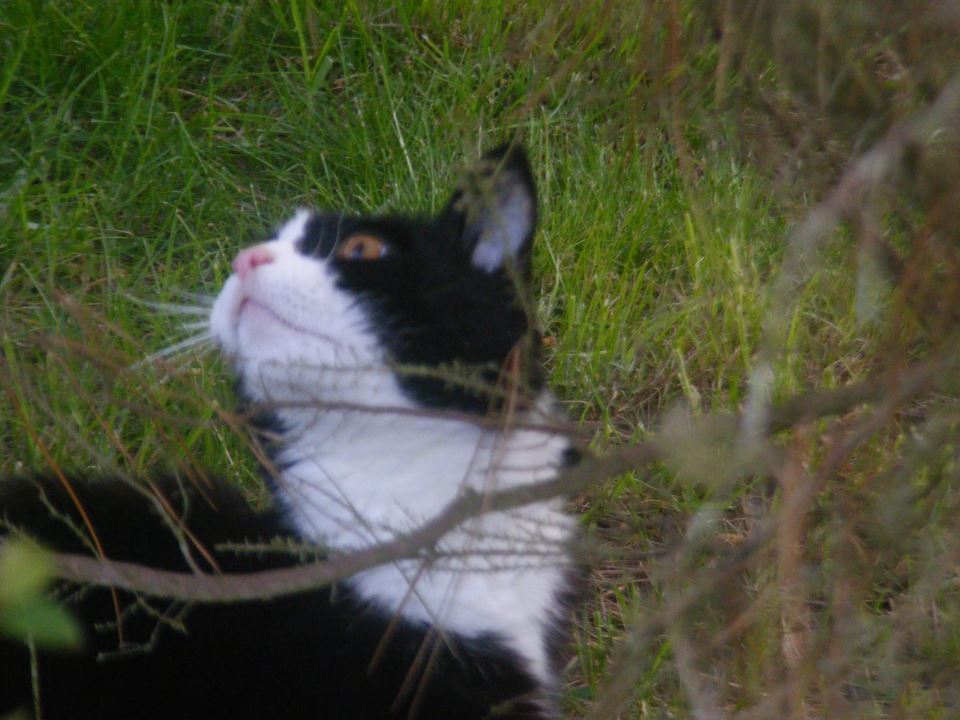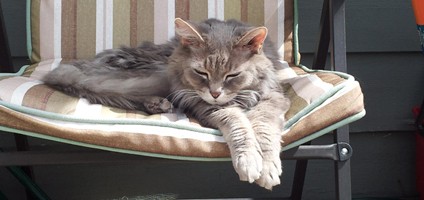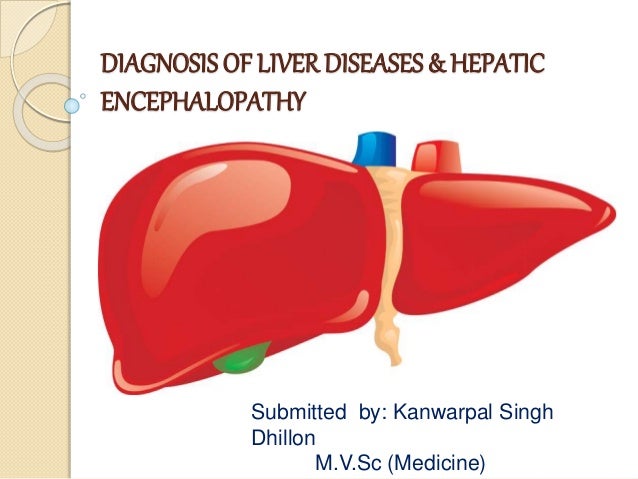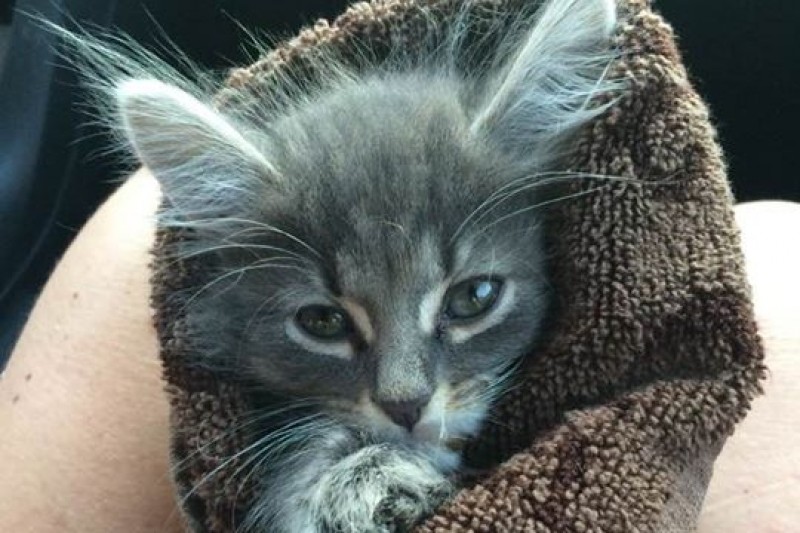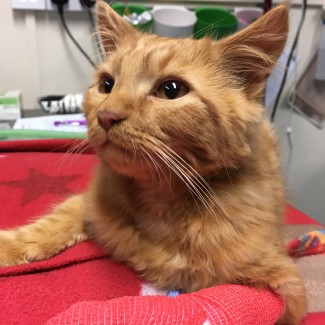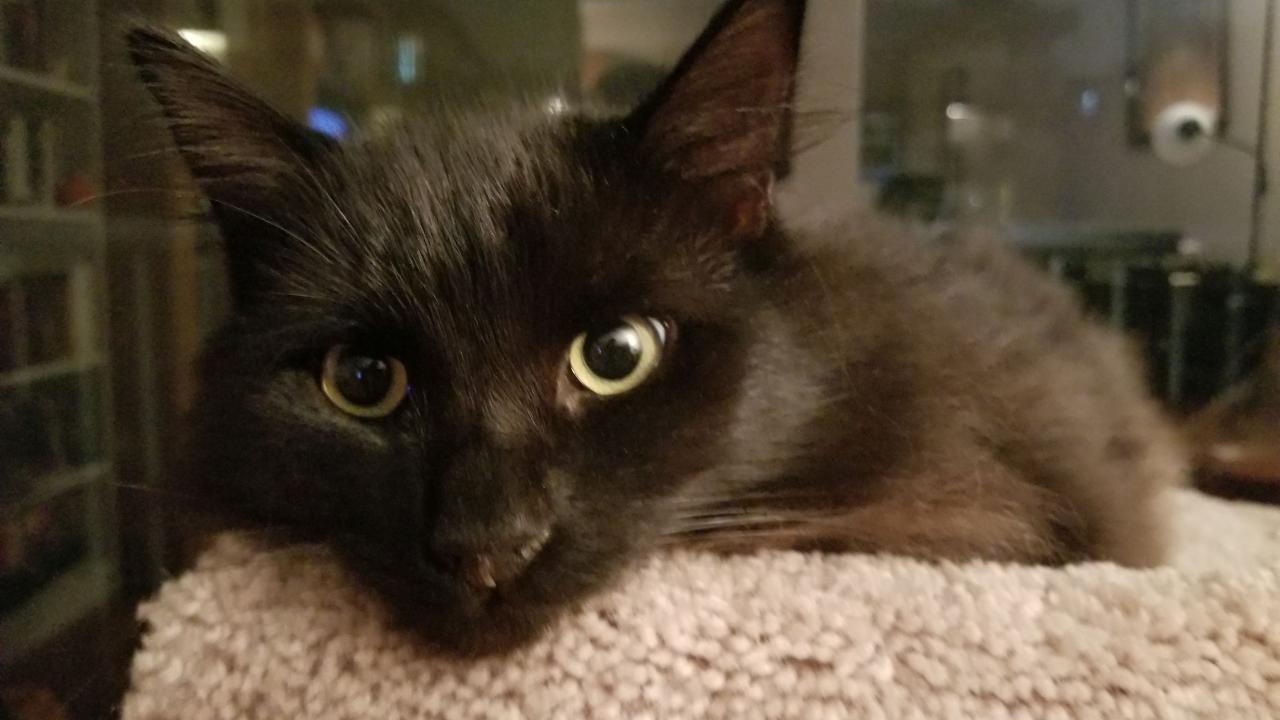Liver Shunt In Cats
Overview of portosystemic shunt liver shunt in cats a portosystemic shunt is an abnormal communication between blood vessels which causes blood to bypass the liver.
Liver shunt in cats. To determine if your cat has liver shunts start by identifying the physical and behavioral symptoms of this condition. The portal vein is a major vessel in the body which enters the liver and allows toxic components of the blood to be detoxified by the liver. Usually the portal vein transports blood from the gastrointestinal tract spleen gallbladder pancreas and stomach to the liver whose role is to act as the cats waste treatment plant. The result is a cat that is poisoned by her own waste products and becomes sick.
Liver shunts in cats a portosystemic shunt pss aka. A liver shunt affects both dogs and cats who have been diagnosed with liver disease. It is a condition where the blood vessel bypasses the liver preventing the blood from being detoxified. Drooling is common in cats and dogs and cats may have seizures act blind or exhibit bizarre behavior especially after eating.
The good news about liver shunts is the fact that not only are they treatable if caught early but they can also be prevented. Portosystemic shunt pss more commonly known as liver shunt is a condition in which the circulatory system bypasses the liver denying fresh blood flow to this vital organ. Congenital portosystemic shunts aka liver shunts are relatively common birth defects in pets where the blood vessels in the abdomen develop abnormally and instead of funneling blood from the intestines through the liver the blood is able to bypass the liver and enters the systemic circulation. Read more about the causes and symptoms of liver shunt in dogs and cats.
Liver shunt while rare in dogs is even less often seen in cats. Because the shunted blood has not been properly detoxified by the liver the toxins in the bloodstream cause the cat to become illthe most striking clinical signs tend to be behavioral. Portosystemic shunt is a condition in which a dog or cats fresh blood supply bypasses the liver. Liver shunt is more often found in dogs but cats are also susceptible to this condition.
Liver shunts in both dogs and cats may manifest as behavioral or neurologic abnormalities because the liver does not properly remove products of digestion that can affect the brain. Liver shunts are developed before birth and cannot be prevented in your cat. A liver shunt portosystemic or hepatic shunt is an abnormal vascular connection between the portal vein and the liver. The shunt is a blood vessel that bypasses the liver which is present in the fetus but is supposed to shut down after the kitten is born.
This can cause numerous health issues for your cat.









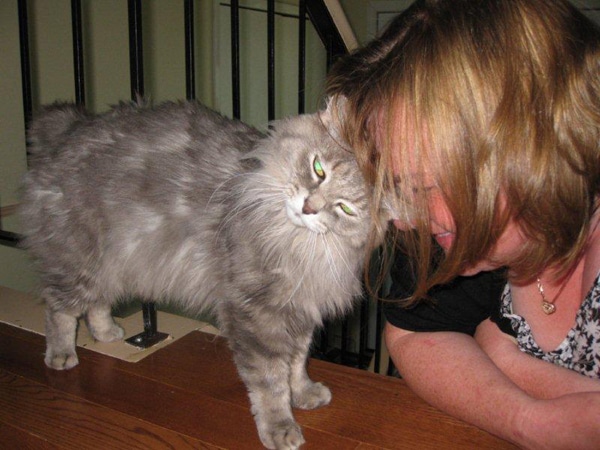

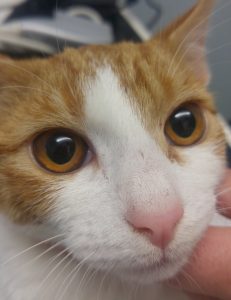
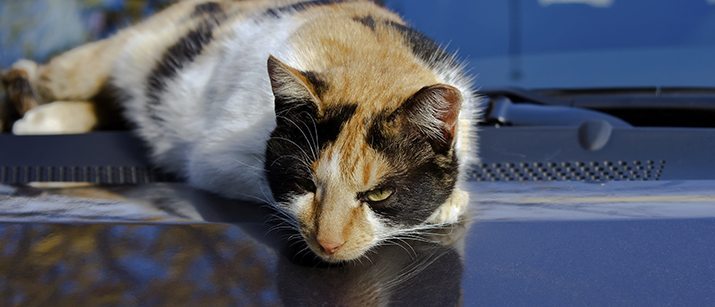


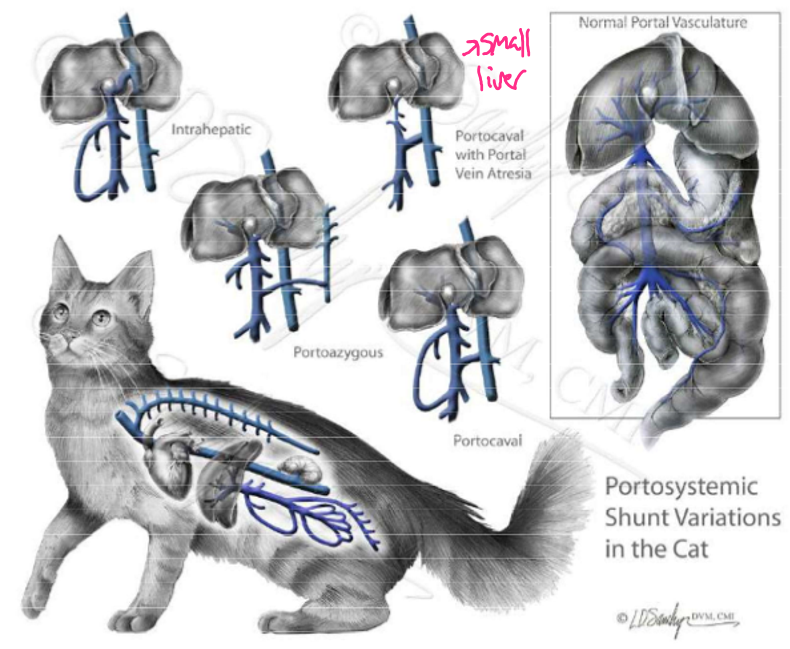
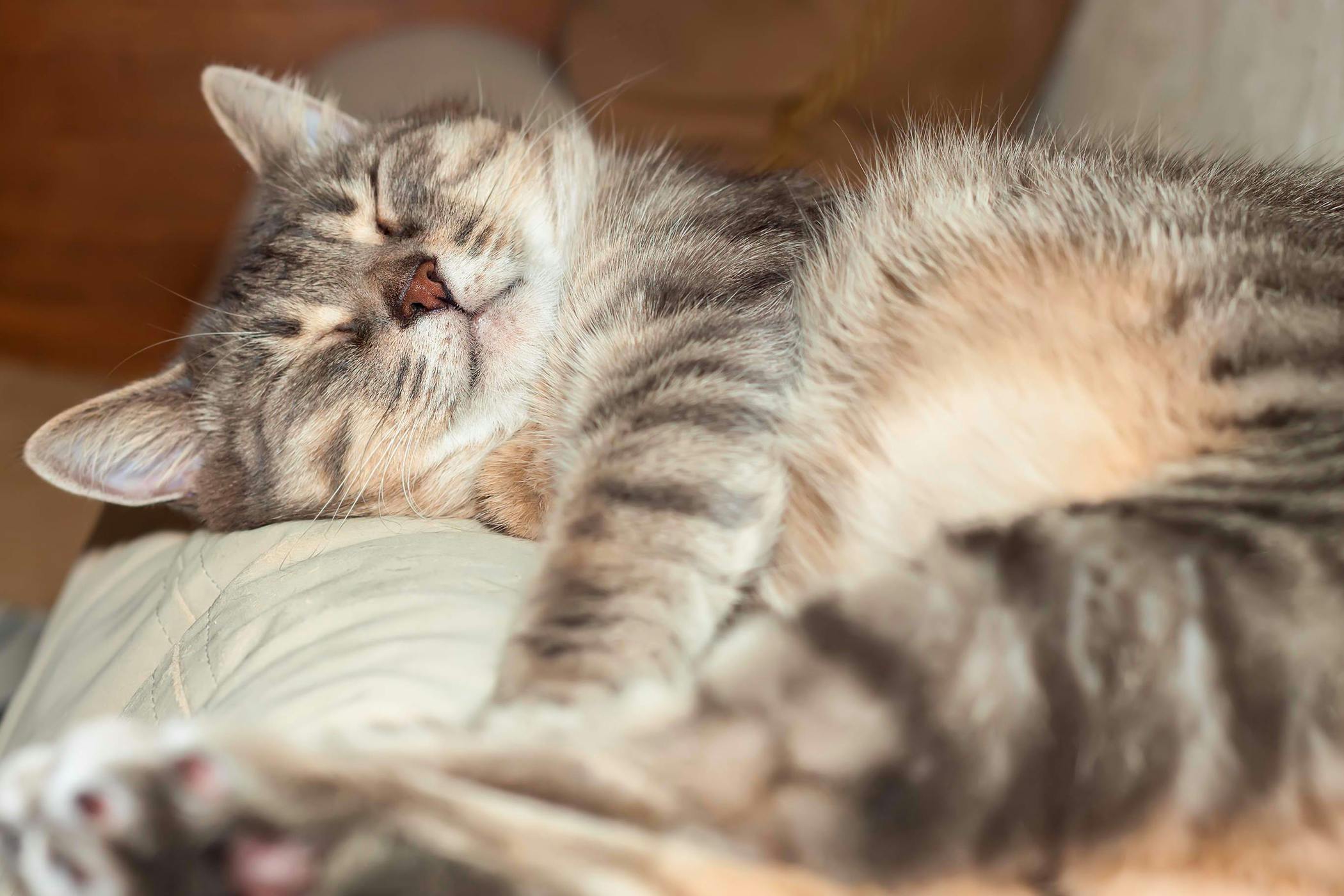
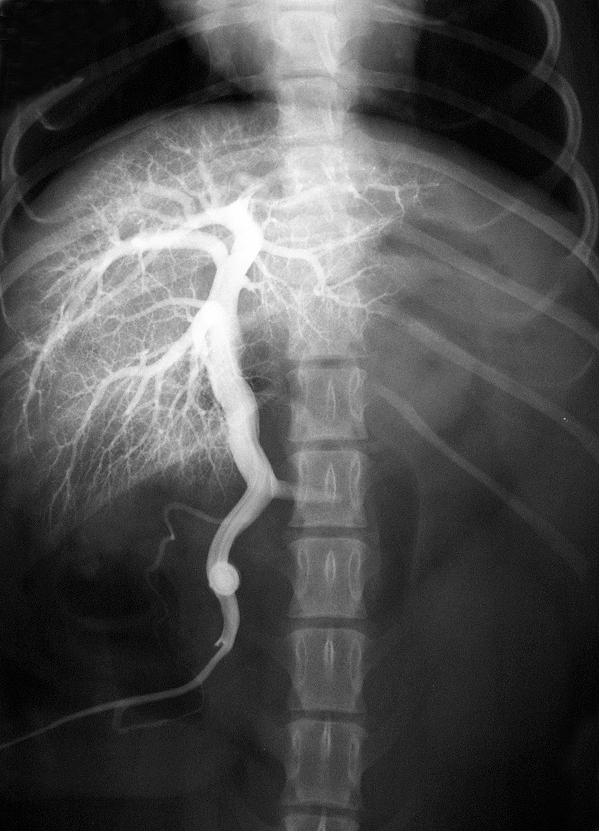


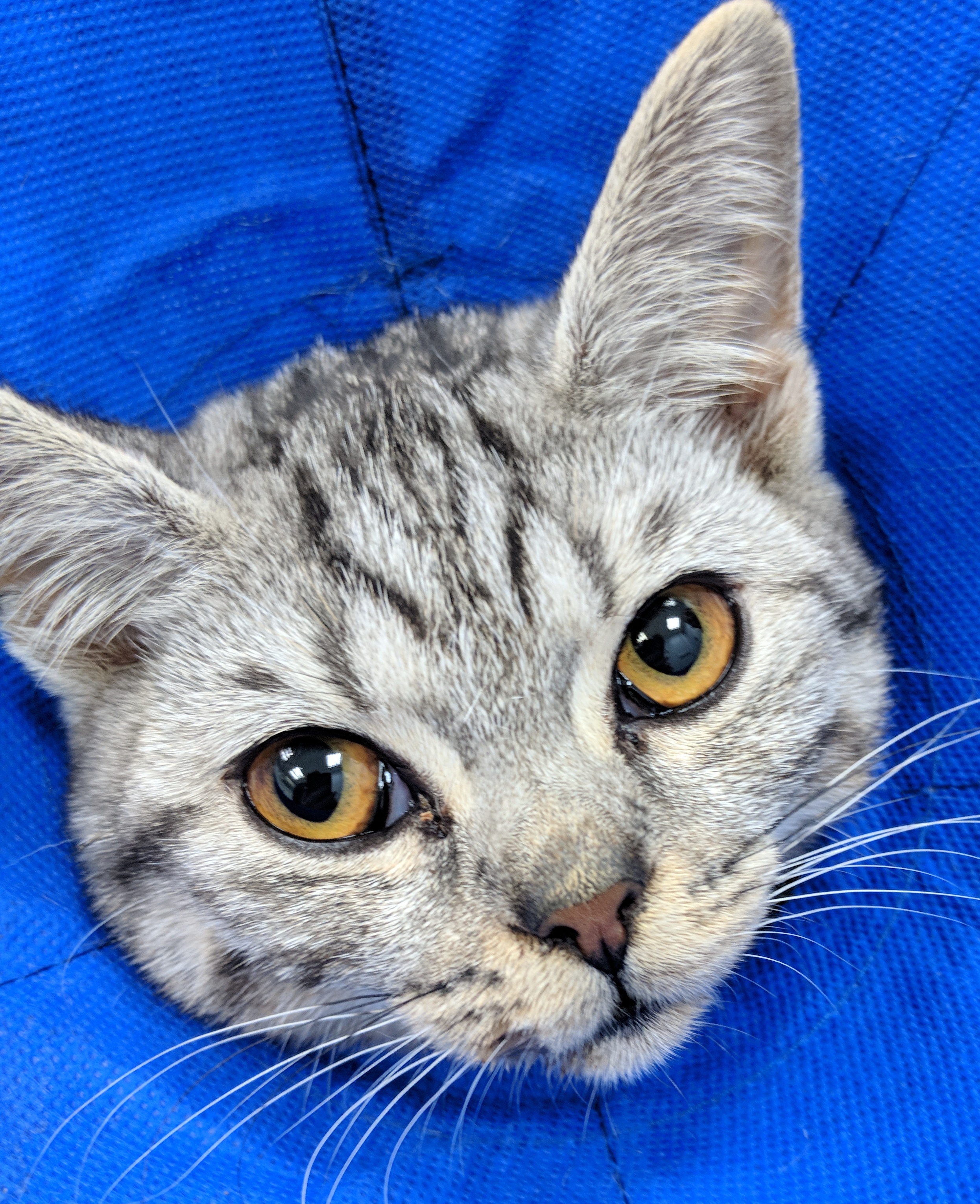






















/GettyImages-1154460399-8939e850cc094fed95ae2d717049e81c.jpg)



